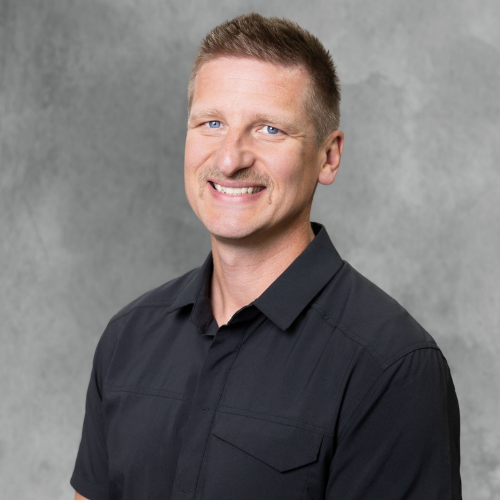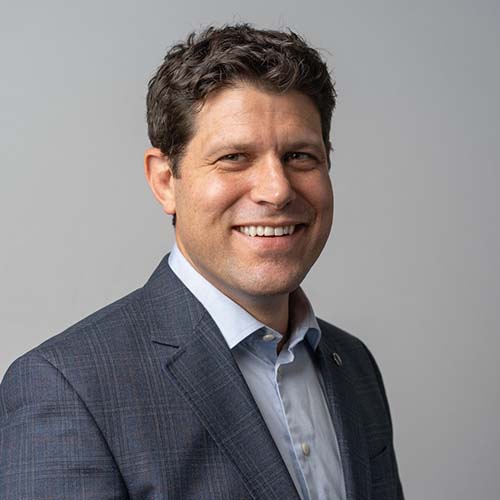Advanced Back and Orthopedic Surgical Treatment for a Pain-Free Life
The landscape of back and orthopedic surgery has actually advanced significantly, using a range of advanced strategies developed to relieve chronic discomfort and boost person outcomes. What might these innovations imply for the future of pain monitoring?
Recognizing Chronic Discomfort
How does chronic pain differ from intense discomfort, and what ramifications does this distinction have for therapy? In comparison, persistent pain continues beyond the predicted duration of healing, frequently lasting for months or even years.
The effects for therapy are considerable. Intense pain management often focuses on dealing with the immediate cause through medications, physical treatment, or surgical treatments. Alternatively, persistent discomfort calls for a diverse strategy, as it may not reply to traditional therapies. Effective administration often includes a mix of medicinal treatments, psychological support, and lifestyle modifications. Additionally, understanding the emotional and psychological elements of persistent pain is crucial, as these elements can aggravate the experience of discomfort. An extensive treatment technique customized to the individual is crucial for enhancing the high quality of life for those enduring from persistent pain (Axis Spine and Orthopedic Surgeons St Louis MO).
Cutting-edge Surgical Techniques
The monitoring of persistent pain commonly results in the expedition of innovative medical techniques that can offer relief when conservative therapies fall short. Advancements in modern technology and surgical methods have actually dramatically changed the landscape of back and orthopedic surgery, allowing surgeons to resolve intricate problems better.
One such method is robotic-assisted surgical treatment, which boosts accuracy and reduces the danger of problems (Axis Spine and Orthopedic Surgeons St Louis MO). This technique enables for real-time imaging and the capability to perform elaborate procedures with marginal invasiveness. Additionally, endoscopic spinal column surgical procedure has become a valuable alternative for treating herniated discs and back stenosis. By utilizing tiny lacerations and specialized tools, cosmetic surgeons can access the spine with reduced injury to surrounding tissues.
Furthermore, regenerative medicine methods, such as stem cell treatment and platelet-rich plasma (PRP) shots, are obtaining grip. These methods intend to promote healing and cells regrowth, potentially minimizing the need for even more intrusive procedures. One more cutting-edge method is using 3D printing in producing customized implants and surgical guides, customized to private person makeup. Jointly, these techniques stand for a paradigm shift in just how chronic discomfort is handled, offering brand-new hope for those looking for long lasting alleviation.
Advantages of Minimally Invasive Surgery
Minimizing trauma to the body is a vital advantage of minimally invasive surgical procedure, which has transformed the area of spinal column and orthopedic procedures. This technique makes use of smaller sized incisions compared to traditional surgical procedure, causing decreased muscle and tissue damages. Therefore, patients experience less pain post-operation, which can substantially improve their total comfort during healing.
Another essential benefit is the decrease in blood loss and reduced risk of infection. Smaller lacerations lessen the direct exposure of internal structures, thereby lowering the possibility of problems. Additionally, the accuracy of minimally intrusive strategies typically converts to much shorter surgical times, which can even more reduce the dangers connected with longer procedures.
Clients can also expect a quicker return to everyday tasks and, in a lot of cases, a much shorter medical facility remain. This expedited recovery process not just boosts patient complete satisfaction however can additionally cause lower health care costs. In general, the advantages of minimally intrusive surgical treatment expand beyond instant medical outcomes, promoting a much faster, more secure, and directory more efficient path to recovering mobility and lifestyle for people dealing with back and orthopedic problems.
Recovery and Recovery Approaches

Very early mobilization is crucial, as it advertises blood circulation and prevents issues such as deep capillary thrombosis. Slowly increasing activity degrees, under professional advice, aids in restoring strength and versatility. Patients are motivated to participate in mild range-of-motion exercises not long after surgical treatment, proceeding to even more requiring workouts as recovery allows.
Discomfort management is important to healing, with a concentrate on implementing multimodal strategies that may include medicines, physical therapy, and alternative treatments such as acupuncture. Education on body technicians and comfort designs is essential for preventing re-injury, making sure that clients recognize how to move securely during their healing.
Normal follow-up appointments are required to monitor development and make changes to rehabilitation methods. Inevitably, an article interdisciplinary method that integrates medical proficiency, person education, and supportive care cultivates a smoother change back to daily activities and boosts long-term outcomes in back and orthopedic surgery.

Real-Life Success Stories
Real-life success tales in back and orthopedic surgical treatment highlight the transformative impact of reliable rehab and individualized treatment. Think about the situation of a 52-year-old client struggling with chronic reduced neck and back pain due to a herniated disc. After a detailed examination, a minimally intrusive discectomy was done. Post-surgery, the individual took part in a tailored rehab program, which consisted of physical therapy and steady enhancing workouts. Within months, they gained back complete flexibility and went back to their active way of living, free from pain.
One more inspiring instance entails a professional athlete with a torn ACL. The surgical restoration was followed by a carefully kept an eye on healing routine. The professional athlete devoted to extensive physical treatment, concentrating on stamina and stability to support an effective resurgence. Incredibly, after 6 months, they not just went back to the area yet likewise accomplished performance degrees exceeding pre-injury condition.
These stories underscore the relevance of personalized therapy strategies and the devotion of both patients and doctor. Each tale serves as a testament to the advancements in spine and orthopedic care, illustrating that with the right approach, a pain-free life is indeed attainable.
Final Thought
To conclude, progressed back and orthopedic surgical procedure stands for a considerable innovation in the search of a pain-free life. Ingenious surgical methods, minimally intrusive and particularly robotic-assisted treatments, significantly enhance precision and lower recuperation times - Axis Spine visit their website and Orthopedic Surgeons St Louis MO. Combined with regenerative medicine and individualized rehabilitation programs, these strategies help with reliable healing and reconstruction of mobility. The engaging success tales of people highlight the transformative influence of these modern-day medical treatments, supplying expect improved lifestyle in people experiencing persistent pain.
